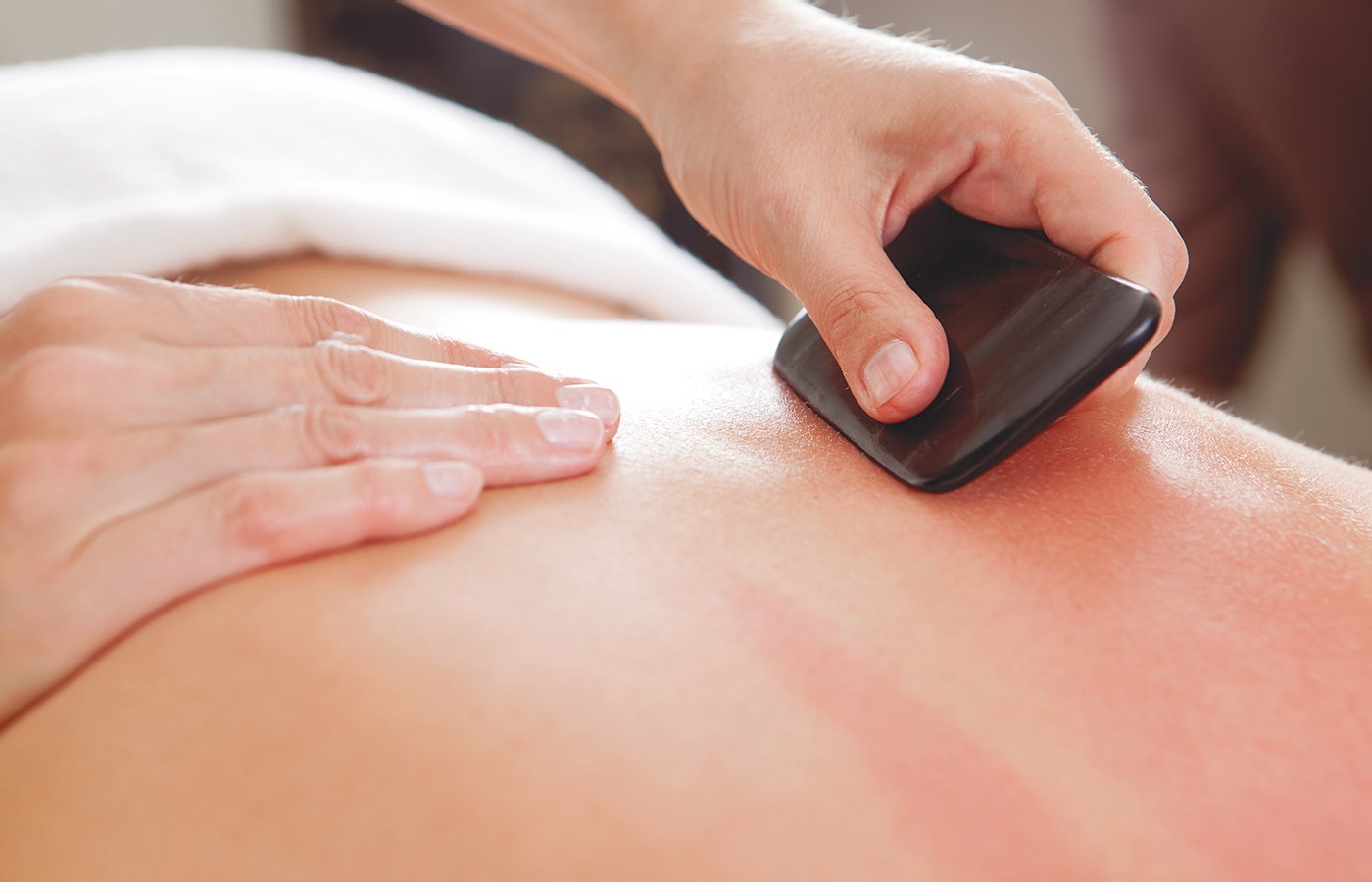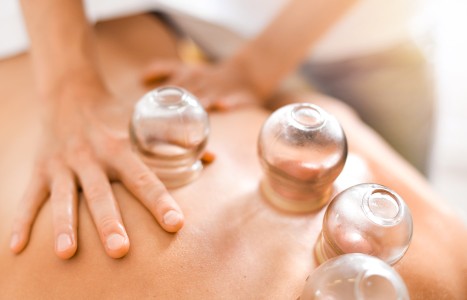Whether you accept it, avoid it or live somewhere in between, insurance coverage has become a defining issue for our profession. Patients increasingly expect to use their benefits, practitioners want to be compensated fairly for their time and expertise, and the system itself remains – at best – fragmented. The encouraging news is that coverage has expanded in meaningful ways. The challenging news is that reimbursement, across the board, remains inadequate.
Three Keys to Effective Gua Sha Treatment in Your Clinic
- How much training in gua sha did you get in acupuncture school? If it was not much more than an introduction, now is the time to revisit this powerful healing modality.
- Dosage is determined by length of time we are administering gua sha, the depth of pressure, and the range of how much of the body we treat.
- Use the gua sha tool to scrape the area and always have your other hand on the patient near where you are treating. This provides a feeling of stability and comfort for the patient.
How much training in gua sha did you get in acupuncture school? If it was not much more than an introduction, now is the time to revisit this powerful healing modality.
I’ve found gua sha to be one of my go-to skills to address myofascial dysfunction, all sorts of pain, limited range of motion, and even to promote general well-being. Let’s discuss the keys to effective gua sha treatment, which I hope will get more acupuncturists using it in the clinic.
#1 Get Informed Consent Before Treating
Explain to your patients the actions of gua sha and clearly describe or show them what the sha could look like, before treating.
I have this on the intake form, but I always have a face-to-face conversation with them before using gua sha. This is a chance to explain the benefits of gua sha, such as potentially instant relief of pain, increased range of motion and joint mobility, and reduction in stiffness and congestion in the muscles.
We can also explain here what sha actually is, and clarify that it is not a bruise. It is important for the patient to know that we have not caused a bruise, but a healing response.
Sha, or petechiae, can present as a red, rash-like expression. Densely presenting sha can be purplish and appear like a bruise, but it is the body naturally releasing the stagnant blood and fluids to the surface, rather than a contusion.
Sha is like a controlled inflammation; a controlled forest burn. It provokes a healing response locally and can reduce inflammation systemically. Patients need to understand that sha is serving an important healing purpose.
I also have a brochure with information on gua sha that has some images of what it looks like; and I ask the patient if it’s OK to do the treatment given that there can be a lot of discoloration, it may last a few days to a week, and it may be on a visible part of the body.
Very often after this discussion the patient is thoroughly on board, and there are no surprises or feeling conflicted about the treatment .
So, get the patient’s informed consent, and afterward encourage them to see the sha for themselves.
#2 Determine Dosage
Dosage is determined by length of time we are administering gua sha, the depth of pressure, and the range of how much of the body we treat.
A gua sha treatment can be effective at a low dose. If a patient presents as deficient in qi and blood or in some of the organs of fluid metabolism, it may be too much for their body to process if we move large amounts of stagnant blood and fluid with a high-dose gua sha treatment. In this case, start with one minute or even 30 seconds of gua sha and see how the patient feels after a day or two.
Same if the patient is new to gua sha, is older or on medications that thin the skin, has lack of muscle tone, or wasting. In some cases these might be a contraindication for gua sha, but if you decide it is safe, just start with a small dose.
Patients who are more robust, more stagnant or simply not deficient can handle higher dosage, such as five minutes on a given muscle group and up to 15 minutes total on the body. I do not recommend doing more than 15 minutes of gua sha, as for most people it is not necessary and can possibly cause side effects such as lingering soreness or overflexibility in the treated area.
This is where the treatment plan comes in handy. Make a treatment plan so the patient can recover from each gua sha intervention and not get overtreated. This might be weekly treatments for 4-6 weeks, adjusting the gua sha dose each time depending on how their chief complaint has changed, how much the sha has faded, and how they present with the tongue, pulse and other diagnostic factors.
#3 Use Both Hands to Treat
This is a simple technique that will make your treatments more effective for the patient and less stressful for you to implement.
Use the gua sha tool to scrape the area and always have your other hand on the patient near where you are treating. This provides a feeling of stability and comfort for the patient while you are doing a treatment that may feel unfamiliar to them or slightly uncomfortable.
Having your other hand on the patient’s body also means you can feel changes in the tissues. Since gua sha affects the myofascia, there will be resonating changes in the whole area. So, you are receiving real-time information about the therapeutic intervention you are doing.
Finally, this helps us to have good body mechanics, with our physical energy and attention focused toward what we are working on, which is always important for an effective treatment.
Clinical Pearls
Gua sha has a fascinating history with roots in ancient forms of non-inserting tools described in the text Ling Shu. Gua sha has always been used to treat all manner of disease, even if most contemporary practitioners primarily use it to address musculoskeletal complaints. Sometimes patients report simply “feeing better” after gua sha in a way that is more holistic than just a relief of localized pain or stiffness.
Author’s Note: To learn more about gua sha, check out the online class Gua Sha Foundations and Strategies on the Lhasa OMS website.



